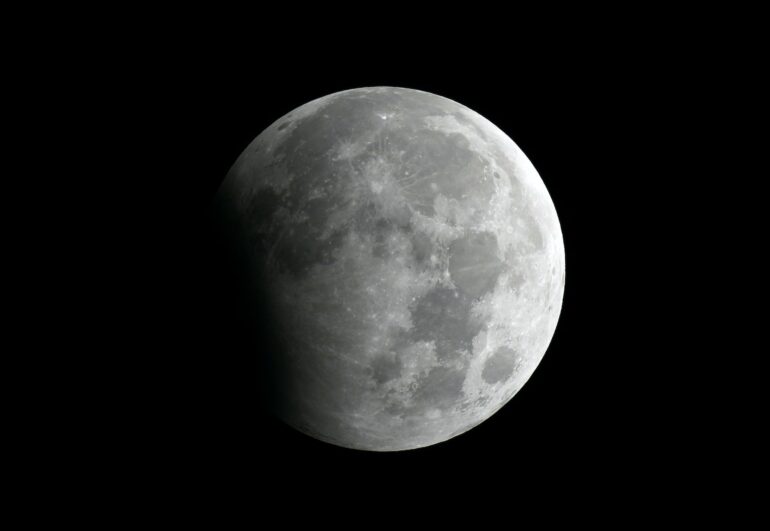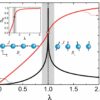The year 2023 proved a big one for lunar science. India’s Chandrayaan-3 spacecraft landed near the south pole of the Moon, a huge accomplishment for a country relatively new to the space scene, especially after its Chandrayaan-2 craft crashed in 2019.
At the same time, NASA’s been gearing up for a host of Moon-related missions, including its Artemis program. In 2023, the agency gained nine signatories to the Artemis Accords, an international agreement for peaceful space exploration, for a total of 32 countries that have signed so far.
As Georgia Tech’s Mariel Borowitz explains, the U.S. now has widespread bipartisan political support for spacefaring – for the first time since the 1970s – and returning missions to the Moon is the first natural target.
Here are five stories that The Conversation U.S. has published over the past year about lunar exploration, including why people want to go back to the Moon, what Chandrayaan-3 found during its initial foray across the lunar surface and the ever-growing problem of lunar space junk.
1. Why shoot for the Moon?
Missions to the Moon hold potential benefits for a variety of sectors, including commercial, military and geopolitical.
“Ever since humans last left the Moon in 1972, many have dreamed about the days when people would return. But for decades, these efforts have hit political roadblocks,” wrote Borowitz. “This time, the United States’ plans to return to the Moon are likely to succeed – it has the cross-sector support and the strategic importance to ensure continuity, even during politically challenging times.”
NASA is planning to return to the Moon with Artemis missions. This video describes where on the Moon it may land and how it will decide.
While some of these potential uses are incredibly far off – from mining the Moon for resources to sending out military satellites to orbit around the Moon – missions to the Moon in the near term will help inform scientists and stakeholders of future possibilities.
À lire aussi :
Returning to the Moon can benefit commercial, military and political sectors – a space policy expert explains
2. Searching for sulfur
India’s Chandrayaan-3 lander touched down on the Moon’s surface, just a few miles away from the lunar south pole, in late August 2023.
Its rover, called Pragyan, took measurements of the lunar surface and found the soil near the south pole contains a surprise – sulfur.
India’s lunar rover Pragyan rolls out of the lander and onto the surface.
As Jeffrey Gillis-Davis, a physicist at Washington University in St. Louis, wrote, future Moon missions or a future Moon base could use lunar sulfur as an ingredient in everything from fuel and fertilizer to concrete.
À lire aussi :
Chandrayaan-3’s measurements…



